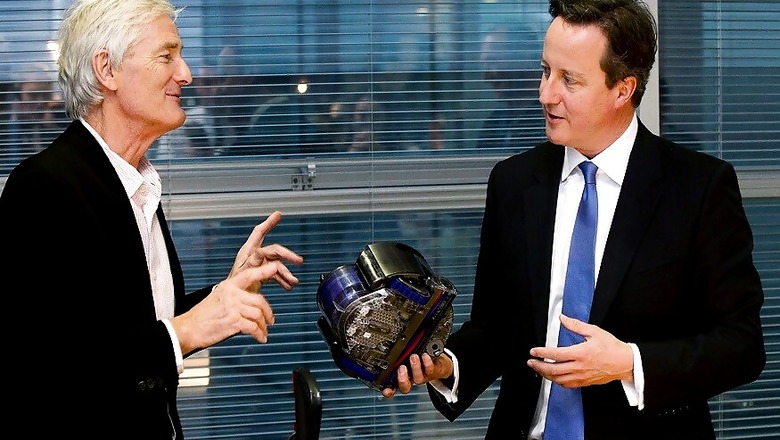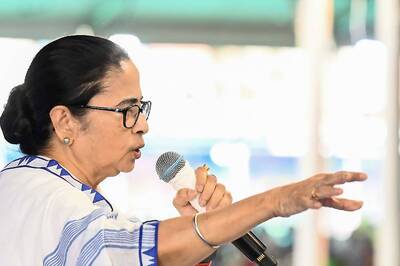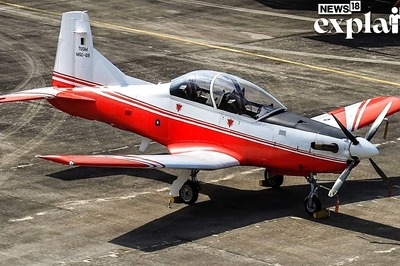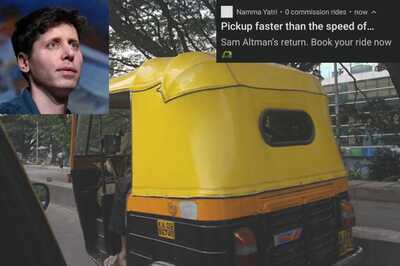
views
This past weekend, The Times published an exclusive interview with James Dyson about Dyson's EV project and how much this failed Tesla competitor cost him and his company. Back in 2017, Dyson told the world that the company had its very own EV in the works; the car was slated to hit the market in 2020. Alas, just a few months before the new year in October 2019, the company publicly announced that the project was discontinued, stating that the "fantastic electric car" was not "commercially viable."
Accompanying this ultimatum was just a diagram of the mysterious car; not a single photograph of the real deal was published over the three years Dyson worked on it -- over the weekend, The Times published the first one along with an interview with Sir James Dyson about the model.
We are sad to announce a proposal to end our automotive project. The Dyson automotive team has developed a fantastic electric car, but unfortunately it is not commercially viable. Read more here.— Dyson (@Dyson) October 10, 2019
The EV, codenamed N526, was set to be an SUV with seven seats and a 600-mile range, about twice as much as Tesla's Model X. In 4.8 seconds, the N526 would have been able to sprint from 0mph to 62mph, and its top speed was set to be 125mph. Dyson himself has ridden in the prototype car, explaining that among the high-tech features and innovatively designed interior components, there was a heads-up display which "floats in front of your face like a hologram."
Some 500 Dyson employees were dedicated to developing this deceased project, and Dyson had invested £500 million of his own money to make this plan a reality. Though Dyson EVs were not commercially viable, Sir James Dyson is considering sharing the company's EV tech -- particularly the highly-efficient solid-state batteries -- with other automotive companies in the future.



















Comments
0 comment